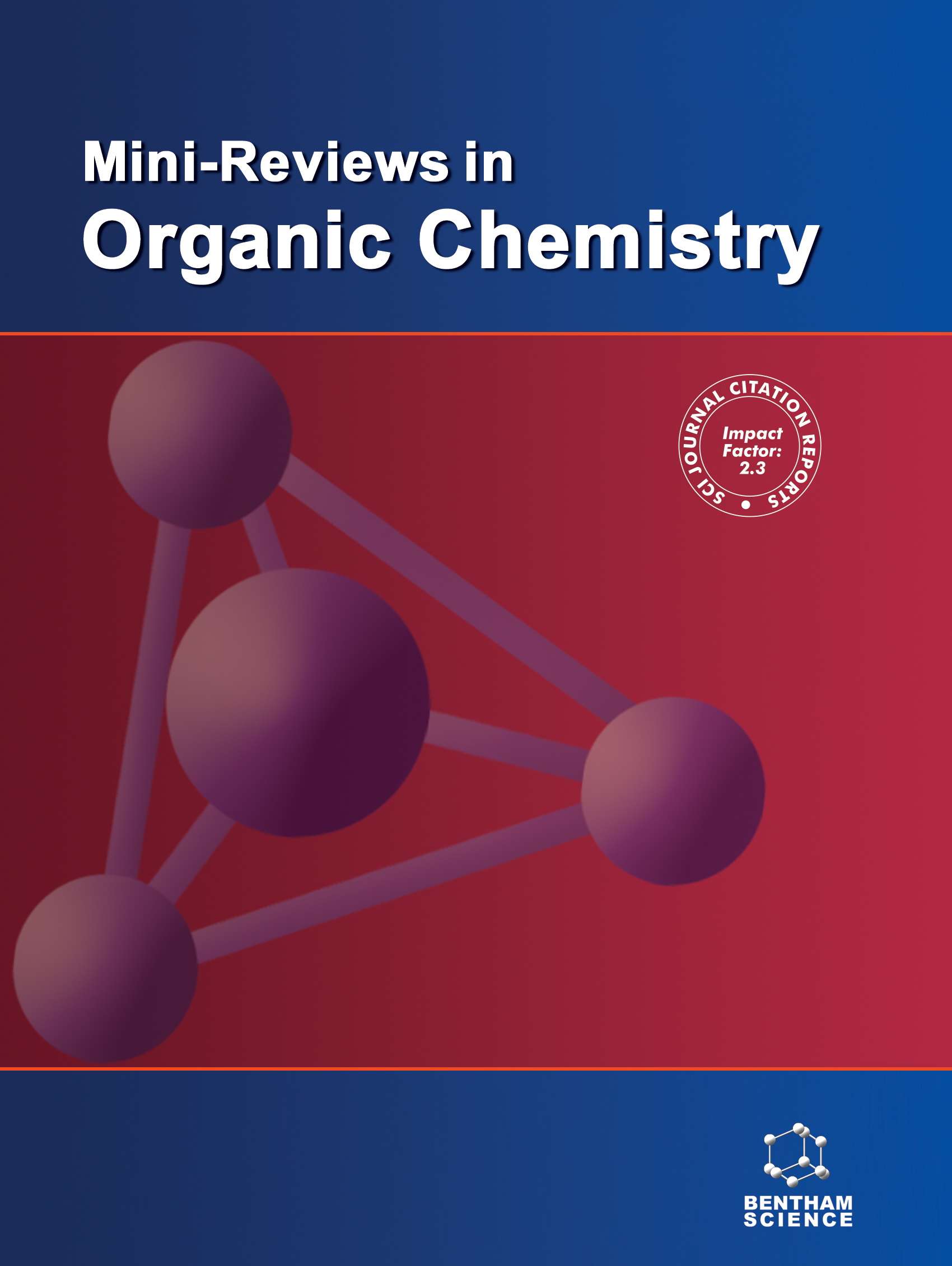
Full text loading...
The oxadiazepine moiety and its derivatives are crucial in developing new drugs. Combined with various compounds such as phthalazine, imidazole, pyrazole, indole, benzofuran, and thiazolopyrimidine, they exhibit beneficial biological properties. Recent studies have made significant progress in synthesizing oxadiazepine derivatives, enhancing our understanding of their potential medicinal applications. This review offers a comprehensive overview of these advancements, detailing the synthesis of various oxadiazepine derivatives and the chemical reactions involved. Here are some examples of the compounds discussed in this review: 3,6-di-nitro-1,3,6-oxadiazepane; 1,3,6-oxadiazepinodiphthalazine; 6-(1,3,6-oxadiazepane)-glycyl-L-alanine; benzoimidazo-1,3,6-oxadiazepine; azepino[1,2-c][1,3,6]oxadiazepine; dipyrazolo-1,3,6-oxadiazepine; sub-1,3,6-oxadiazepine-diindole; benzooxazino[3,4-b]benzo[5,6][1,4] oxazino[4,3-f][1,3,6]-oxadiazepine-6,8-diol and 2-(2-chloroethyl)-11-methyl-1,3,6-oxadiazepino[3,4-a]indole derivatives. These compounds are created through chemical reactions such as alkylation, condensation, cyclization, coupling, substitution, oxidation, reduction, multi-component reactions, intramolecular Mannich bases, and hydrolysis. Considering the significant biological activity of oxadiazepine derivatives, which are found in certain drugs such as staurosporine, these synthetic methods facilitate the efficient production of these compounds, thus encouraging further research into their potential pharmaceutical applications.

Article metrics loading...

Full text loading...
References


Data & Media loading...

